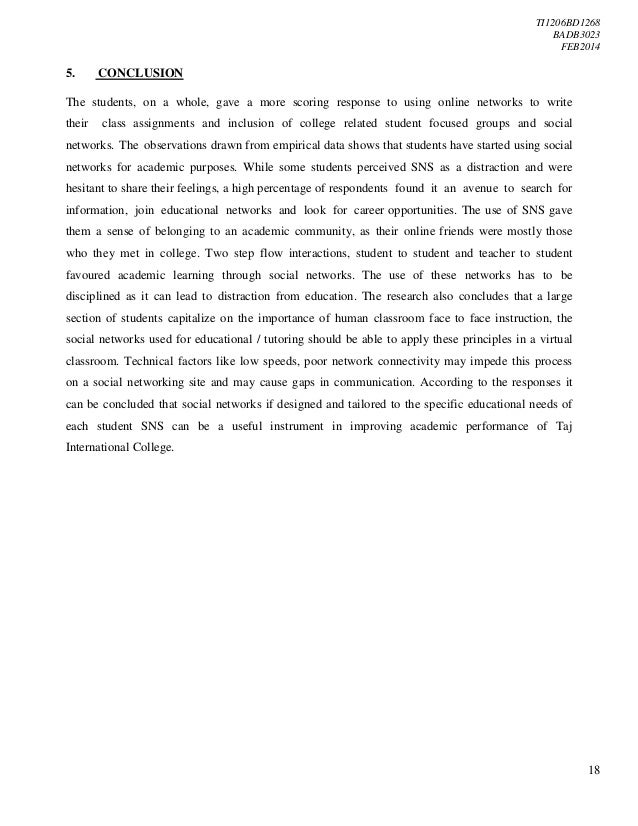

However, the study did not include a long-term follow-up. This study concluded that texting and “text neck” did not influence neck pain in young adults. However, some studies challenge these results.Ī 2018 study in the European Spine Journal found that the posture of the neck while texting made no difference in symptoms such as neck pain. The results indicated the effects were mostly short term, though some people continued to have long-term symptoms. This can put an unnecessary amount of pressure on the neck and spine.Ī 5-year study in the journal Applied Ergonomics found an association between texting on a mobile phone and neck or upper back pain in young adults. Many technologies promote a “down and forward” user position, meaning the person is hunched forward and looking down at the screen. Over time, this may lead to musculoskeletal issues.

The way many people use mobile devices and computers may also contribute to incorrect posture. Learn more about the 20-20-20 rule in this article. To use the rule, after every 20 minutes of screen time, take a 20-second break to look at something at least 20 feet away.ĭoing this may help reduce the strain on the eyes from staring at a screen for a continuous period. When using any form of digital screen for longer periods of time, the American Optometric Association recommend using the 20-20-20 rule. Taking regular breaks away from the screen may reduce the likelihood of eyestrain.Īnyone regularly experiencing these symptoms should see an optometrist for a checkup. Several technological factors may lead to eyestrain, such as: Eyestrain may also lead to pains in other areas of the body, such as the head, neck, or shoulders. Symptoms of digital eyestrain can include blurred vision and dry eyes. Technologies, such as handheld tablets, smartphones, and computers, can hold a person’s attention for long periods. Technology use may increase the risk of physical issues as well, including: Eyestrain So, while there does appear to be a link between social media and mental health, a significant determining factor is the types of interactions people feel they are having on these platforms. People who perceived that they had more negative social interactions online and who were more prone to social comparison experienced higher levels of depression and anxiety. People who had more positive interactions and social support on these platforms appeared to have lower levels of depression and anxiety. The authors of a 2016 systematic review discussed the link between social networks and mental health issues, such as depression and anxiety. Technologies, such as social media, are designed to bring people together, yet they may have the opposite effect in some cases.Ī 2017 study in young adults aged 19–32 years found that people with higher social media use were more than three times as likely to feel socially isolated than those who did not use social media as often.įinding ways to reduce social media use, such as setting time limits for social apps, may help reduce feelings of isolation in some people. Overuse or dependence on technology may have adverse psychological effects, including: Isolation


 0 kommentar(er)
0 kommentar(er)
